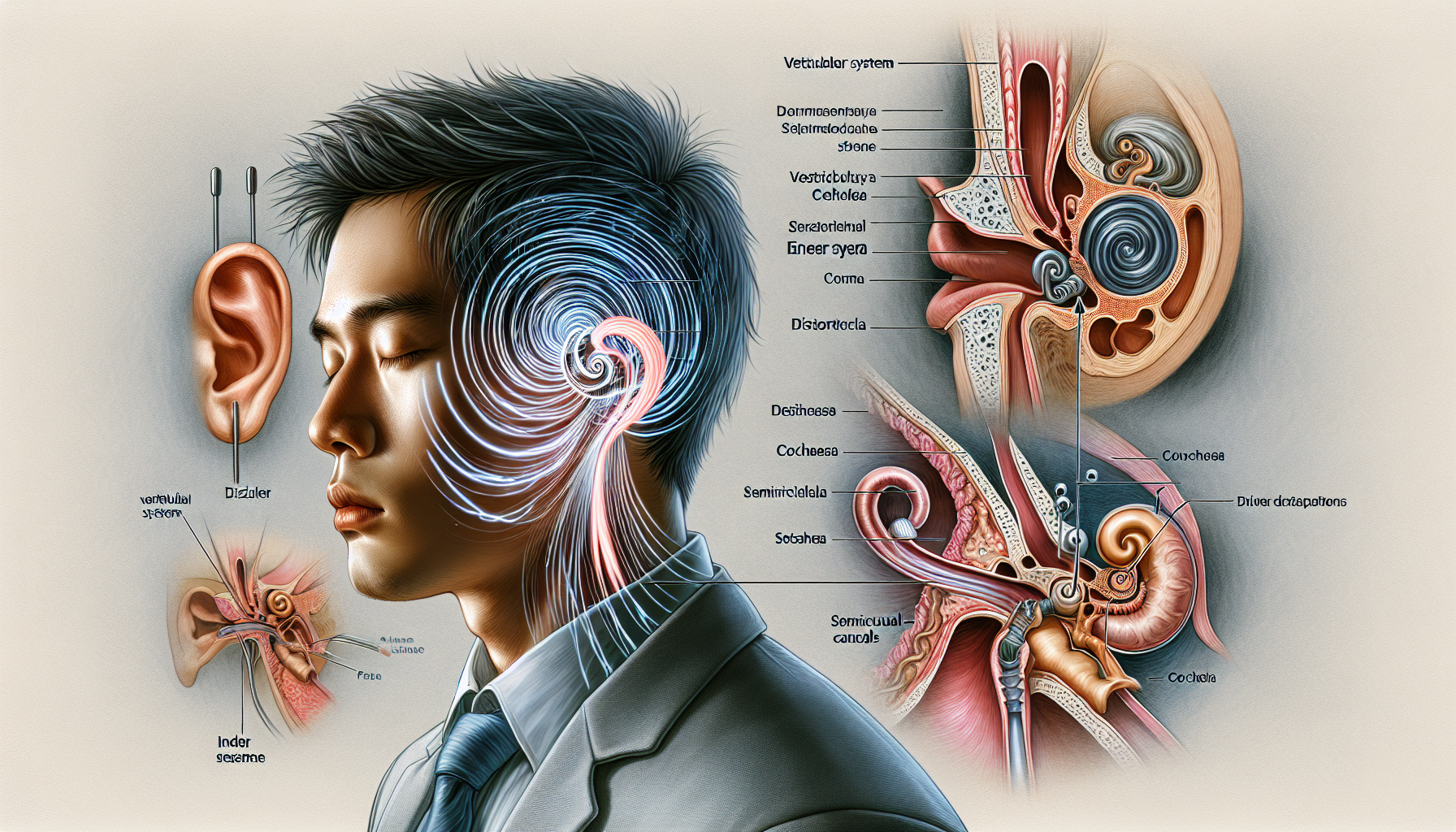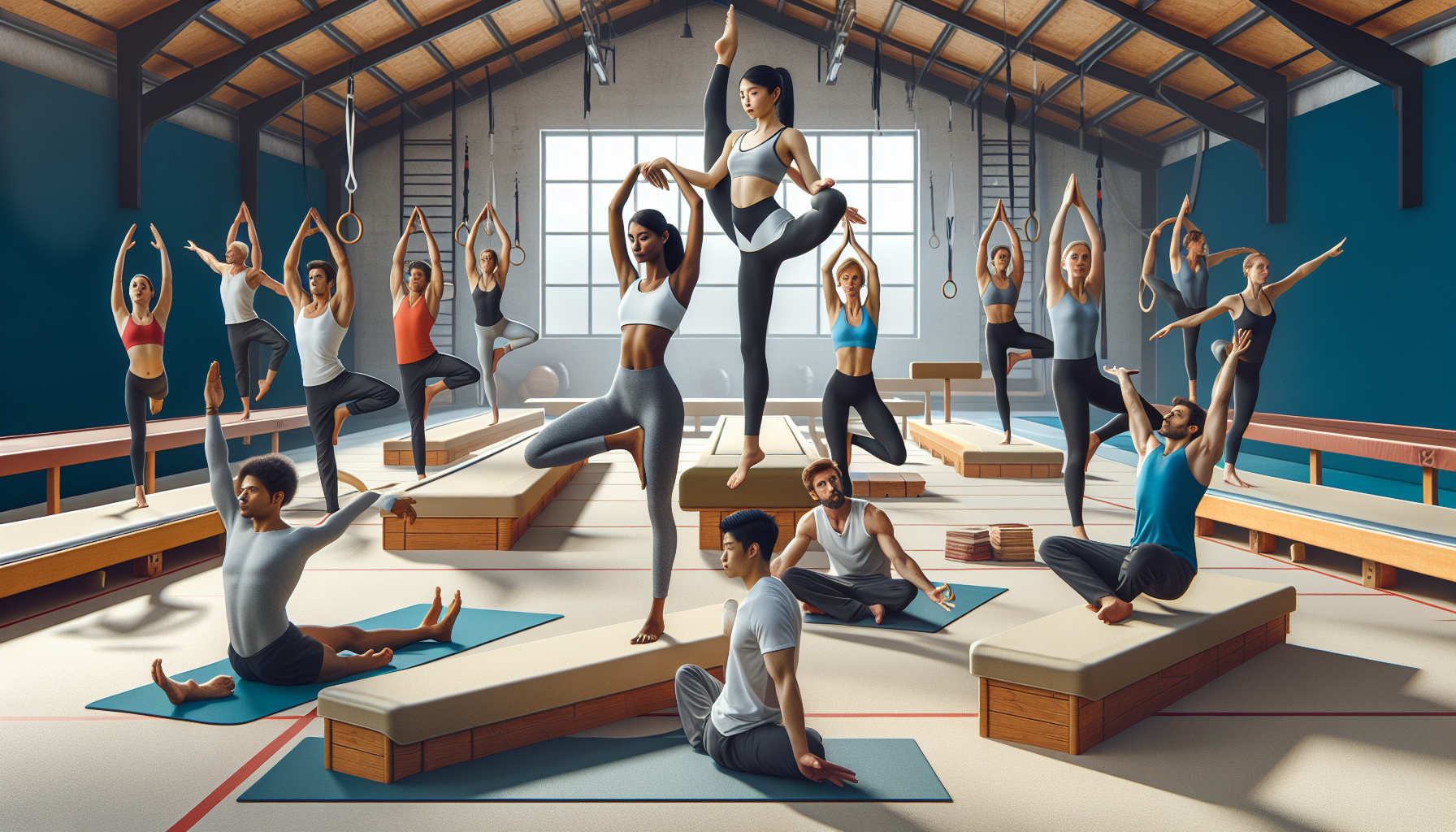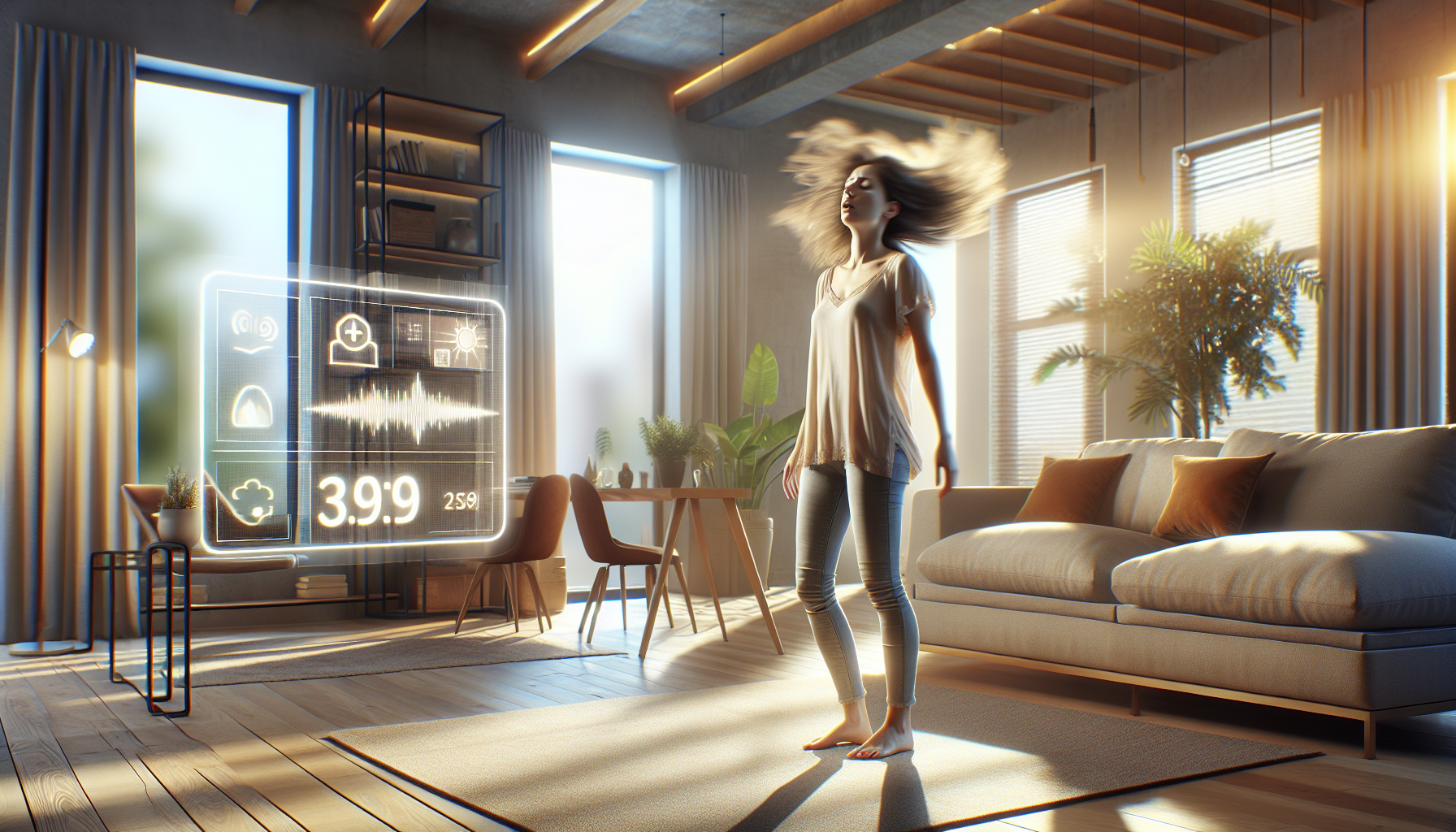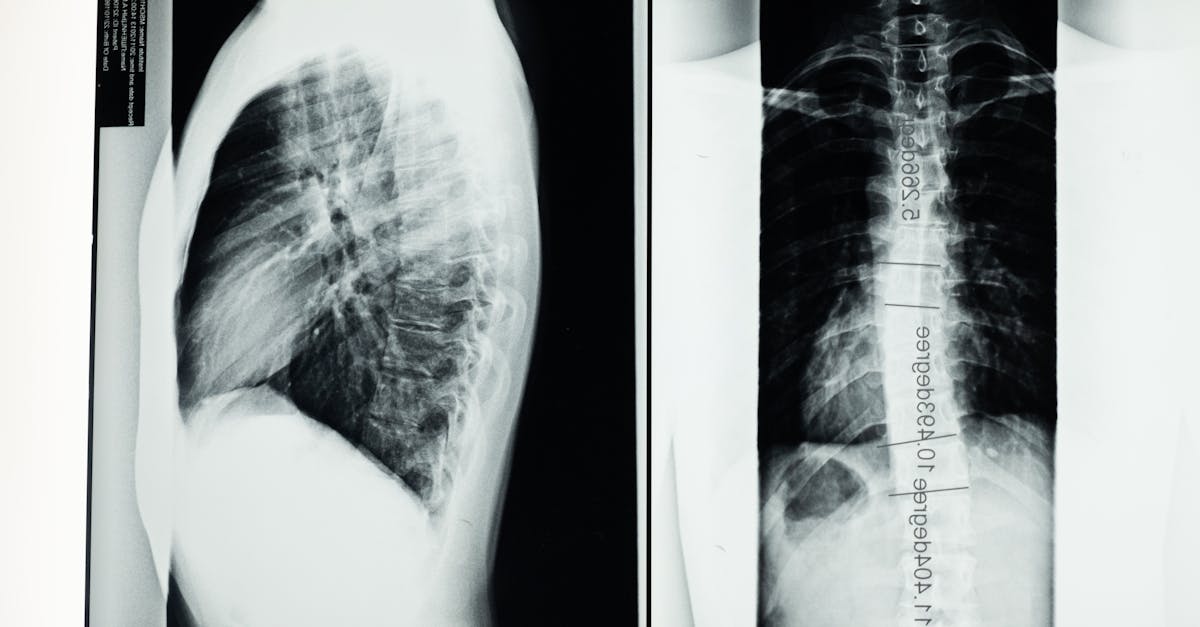Experiencing dizziness upon sudden movement is a common complaint that can disrupt daily life and diminish overall well-being. This sensation can be unsettling and may stem from various underlying causes, often closely linked to posture and balance issues. Thankfully, with a deeper understanding of these connections, people can regain stability and confidence in their movements. At Pulse Align, a leader in innovative health solutions, we share our holistic approach, emphasizing balance improvement and wellness enhancement through specialized techniques.
Understanding dizziness and its connection to sudden movement
Dizziness, particularly when transitioning to a standing position or making abrupt motions, is more than a mere inconvenience. It can indicate potential underlying issues related to blood circulation, posture, or muscle tone. Recognizing the factors that contribute to this sensation is crucial for effectively managing and alleviating discomfort.

What causes dizziness upon sudden movement?
Understanding the triggers of dizziness can empower individuals to take proactive steps toward mitigation. Common causes include:
- Orthostatic hypotension: A drop in blood pressure when standing up quickly might lead to feelings of lightheadedness.
- Vestibular disorders: Conditions like benign paroxysmal positional vertigo (BPPV) can cause sensations of spinning or unsteadiness.
- Postural alignment: Poor posture often correlates with instability, directly contributing to dizziness.
- Dehydration: Insufficient fluid intake can exacerbate dizziness upon movement.
- Inner ear issues: Problems with the inner ear, such as Meniere’s disease or vestibular neuritis, can significantly affect balance.
Signs and symptoms to watch out for
Noticing specific signs and symptoms can help individuals identify and articulate their experiences with dizziness, paving the way for effective interventions.
| Symptom | Description |
|---|---|
| Lightheadedness | A fleeting sensation of being faint or woozy. |
| Unsteadiness | Feeling off-balance or swaying while standing or walking. |
| Episodes of Spinning | As if the surroundings are spinning or moving when you are still. |
| Dizziness After Sudden Movements | Experiencing dizziness right after quick transitions from sitting or lying to standing. |
| Fatigue | A sensation of tiredness, often accompanying other dizziness symptoms. |
Recognizing these symptoms is essential for understanding when to seek professional help and explore solutions like DizzyCare.
Importance of posture in maintaining balance
Posture plays an integral role in how our bodies maintain balance and stability. When alignment is compromised, feelings of dizziness may ensue, impacting one’s ability to function effectively.

How posture influences dizziness
Consider the following connections between posture and dizziness:
- Spinal Alignment: A misaligned spine affects how signals travel between the brain and the body, disrupting balance.
- Muscle Tone: Weak core muscles can contribute to instability, affecting the ability to maintain posture.
- Ergonomic positioning: Maintaining good ergonomic habits during daily activities can mitigate the chances of developing neck and back issues that lead to dizziness.
- Balance Recalibration: Focusing on posture improvement enhances the body’s natural ability to adapt to changes in position.
Postural correction techniques
Implementing effective techniques to improve posture can significantly reduce dizziness incidents:
- Strengthening Exercises: Incorporate exercises that target the core, such as planks or bridges, to bolster stability.
- Stretching Routines: Engage in regular stretching to increase flexibility, thus enhancing posture.
- Mindfulness Practices: Implement mindfulness techniques to foster body awareness and improve overall posture.
- Ergonomic Adjustments: Consider making ergonomic adjustments in your workspace to promote healthy posture.
Pulse Align’s innovative approach to dizziness management
Pulse Align focuses on a holistic perspective that recognizes the interconnectedness of posture, balance, and overall wellness. Our methodologies are designed to address the root causes of dizziness, enabling clients to reclaim their stability and mobility.

What sets Pulse Align apart?
Here are the hallmark features that define Pulse Align’s unique approach:
- Gentle Techniques: Our methods utilize soft, non-invasive techniques that work with the body’s natural abilities, fostering balance.
- Focus on Muscle Tone: We emphasize recalibrating muscle tone throughout the body, which can aid in reducing dizziness.
- Neuromuscular Health: Our strategies promote neuromuscular health, ensuring the body functions harmoniously.
- Comprehensive Training: Clients are educated on maintaining healthy habits to support ongoing balance improvement.
Client success stories
The transformative impact of Pulse Align’s methods is evident through the experiences of our clients:
| Client | Experience |
|---|---|
| Maria | Shares her journey of overcoming persistent dizziness through posture correction. |
| John | Describes feeling more confident and stable after attending sessions focused on core strength. |
| Lisa | Expresses appreciation for the knowledge gained in managing her symptoms through daily routines. |
By sharing these success stories, we illustrate the profound effects that awareness and training can have on one’s quality of life.
Practical strategies for managing dizziness at home
Beyond professional support, there are several practical strategies individuals can implement to manage dizziness from the comfort of their homes.
Home remedies for dizziness relief
These home remedies can help mitigate dizziness and enhance overall balance:
- Hydration: Prioritize adequate hydration as it plays a vital role in maintaining blood pressure and overall well-being.
- Gradual Movements: Practice taking your time when changing positions; rise slowly and pause briefly to gather your bearings.
- Balanced Diet: Eating a balanced diet enriched with vitamins and minerals supports bodily functions that can prevent dizziness.
- Monitoring Symptoms: Keep a daily journal of dizziness triggers and report them during consultations for tailored guidance.
- Relaxation Techniques: Engage in breathing exercises or mindfulness practices to help manage anxiety that can worsen dizziness.
Identifying when to seek professional help
While many can manage occasional dizziness with lifestyle changes, it’s essential to know when to seek help:
- Persistent Dizziness: If episodes continue despite home remedies, it may indicate an underlying issue that requires attention.
- Accompanying Symptoms: Seek assistance if dizziness is accompanied by severe headaches, vision changes, or hearing loss.
- Injury History: Recent head injuries may necessitate medical evaluation to prevent further complications.
- Medication Side Effects: If dizziness arises following medication changes, consult a healthcare provider for reassessment.
For those eager to reclaim their balance and enhance their overall wellness, Pulse Align offers innovative techniques focused on stabilizing motion and promoting a sense of equilibrium. Visit us online and discover how BalancePlus and StabilitySense can support your journey toward wellness.
Frequently Asked Questions
Vértigo
- ¿El VPPB es frecuente?Sí, el Vértigo Posicional Paroxístico Benigno es la causa más frecuente, debido al desplazamiento de cristales en el oído interno.
- La méditation ou le yoga aident-ils à réduire les vertiges ?Ils peuvent réduire le stress et améliorer la proprioception, aidant ainsi indirectement à mieux gérer les vertiges.
- Les médicaments peuvent-ils soulager les vertiges ?Certains médicaments (anti-vertigineux, antiémétiques) peuvent aider, mais c’est le traitement de la cause qui est essentiel.
- ¿La fatiga contribuye a los vértigos?Sí, la fatiga y la falta de sueño pueden aumentar la sensibilidad a los mareos.
- ¿Caminar ayuda a reducir el vértigo?Moverse con cuidado y regularidad puede ayudar al cerebro a adaptarse y mejorar el equilibrio a largo plazo.
- Quelles sont les causes les plus fréquentes des vertiges ?Ils sont souvent causés par des troubles de l’oreille interne (VPPB), la maladie de Ménière, la névrite vestibulaire, ou des problèmes circulatoires.
- Do coffee or alcohol worsen vertigo?Excessive alcohol or caffeine may worsen vertigo symptoms in sensitive individuals.
- La fatigue contribue-t-elle aux vertiges ?Oui, la fatigue et le manque de sommeil peuvent augmenter la sensibilité aux vertiges et aux étourdissements.
- ¿Las gafas mal graduadas influyen en los vértigos?Una corrección visual inadecuada altera la información sensorial, contribuyendo a la inestabilidad.
- Les anti-vertigineux doivent-ils être pris longtemps ?Ils sont généralement utilisés à court terme. Un traitement au long cours doit viser la cause des vertiges.
Zoé Rousseau believes that knowledge is the most powerful step toward healing—and she’s here to illuminate the path forward for anyone facing the challenges of vertigo. At Pulse Align, Zoé not only highlights the latest breakthroughs in neuromodulation and non-invasive health technologies but also translates complex research into practical, everyday guidance. Her approach is grounded in empathy and fueled by a genuine drive to help readers find balance, both literally and figuratively. From exploring advanced treatments to sharing firsthand patient stories, Zoé’s heartfelt advocacy ensures that no one has to face the spinning world of vertigo alone.
Medical Disclaimer
The information and advice provided on this site do not replace the advice, diagnosis, or treatment of a healthcare professional. Please note that the author of this article is neither a doctor nor a specialist in a medical specialty as defined by the Collège des médecins du Québec. Manual medicine, functional medicine, and sports medicine as described on this site exclude any medical treatment or diagnosis made by a doctor or medical specialist. Always consult your doctor for any medical questions. For more details, please read our complete Legal Notice.
References
- (20+) Facebook. (n.d.). Retrieved December 19, 2024, from https://www.facebook.com/
- ALSharif, D. S. (2021). An Examination of the Potential for Autonomic Nervous System Responses and Postural Sway to Serve as Indicators of Visual-Vestibular Mismatch. Temple University. https://search.proquest.com/openview/8f9dec4952045e09ec36542185cffc12/1?pq-origsite=gscholar&cbl=18750&diss=y
- Guerra, J., & Cacabelos, R. (2019). Pharmacoepigenetics of vertigo and related vestibular syndromes. In Pharmacoepigenetics (pp. 755–779). Elsevier. https://www.sciencedirect.com/science/article/pii/B9780128139394000280
- Jaradeh, S. S., & Prieto, T. E. (2003). Evaluation of the autonomic nervous system. Physical Medicine and Rehabilitation Clinics, 14(2), 287–305. https://www.pmr.theclinics.com/article/S1047-9651(02)00121-3/abstract
- Nanda, A., & Tinetti, M. E. (2003). Chronic Dizziness and Vertigo. In Geriatric Medicine (pp. 995–1008). Springer-Verlag. https://doi.org/10.1007/0-387-22621-4_68
- Li, Y., Yang, L., Dai, C., & Peng, B. (2022). Proprioceptive cervicogenic dizziness: a narrative review of pathogenesis, diagnosis, and treatment. Journal of Clinical Medicine, 11(21), 6293. https://www.mdpi.com/2077-0383/11/21/6293
- Grubb, B. P. (1999). Pathophysiology and differential diagnosis of neurocardiogenic syncope. The American Journal of Cardiology, 84(8), 3–9. https://www.sciencedirect.com/science/article/pii/S0002914999006918
- Okada, M., Matsuto, T., Satoh, S., Igarashi, S., Baba, M., Sugita, O., & Okada, M. (1996). Role of pulse wave velocity for assessing autonomic nervous system activities in reference to heart rate variability. Medical Informatics, 21(1), 81–90. https://doi.org/10.3109/14639239609009013
- Collet, C., Vernet-Maury, E., Miniconi, P., Chanel, J., & Dittmar, A. (2000). Autonomic nervous system activity associated with postural disturbances in patients with perilymphatic fistula: sympathetic or vagal origin? Brain Research Bulletin, 53(1), 33–43. https://www.sciencedirect.com/science/article/pii/S0361923000003063
- Bracher, E. S., Almeida, C. I., Almeida, R. R., Duprat, A. C., & Bracher, C. B. (2000). A combined approach for the treatment of cervical vertigo. Journal of Manipulative and Physiological Therapeutics, 23(2), 96–100. https://www.sciencedirect.com/science/article/pii/S0161475400900745



